What do photographic agents, curators, editors and commissioners look for on an online portfolio? Five industry professionals offer their perspectives.
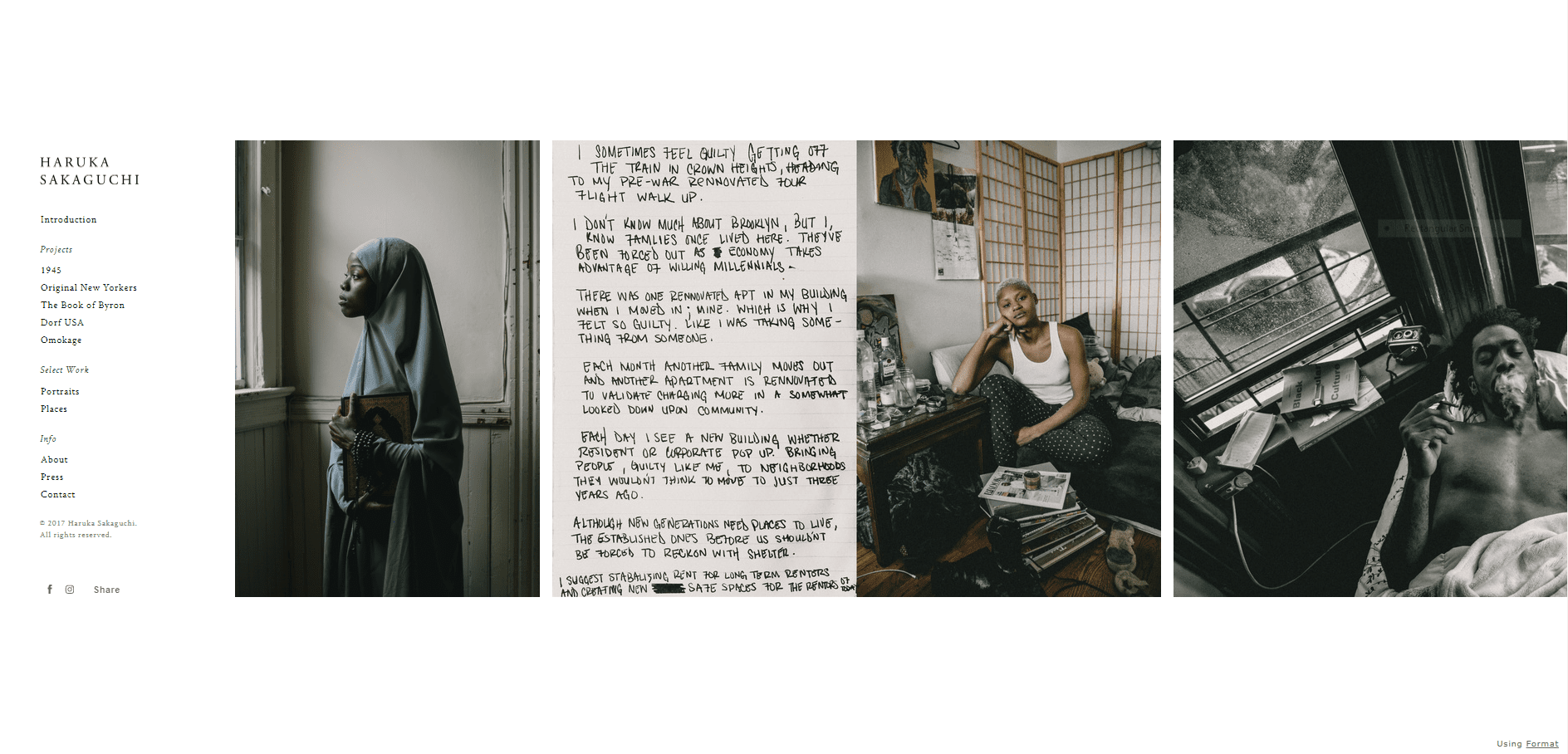

What do photographic agents, curators, editors and commissioners look for on an online portfolio? Five industry professionals offer their perspectives.
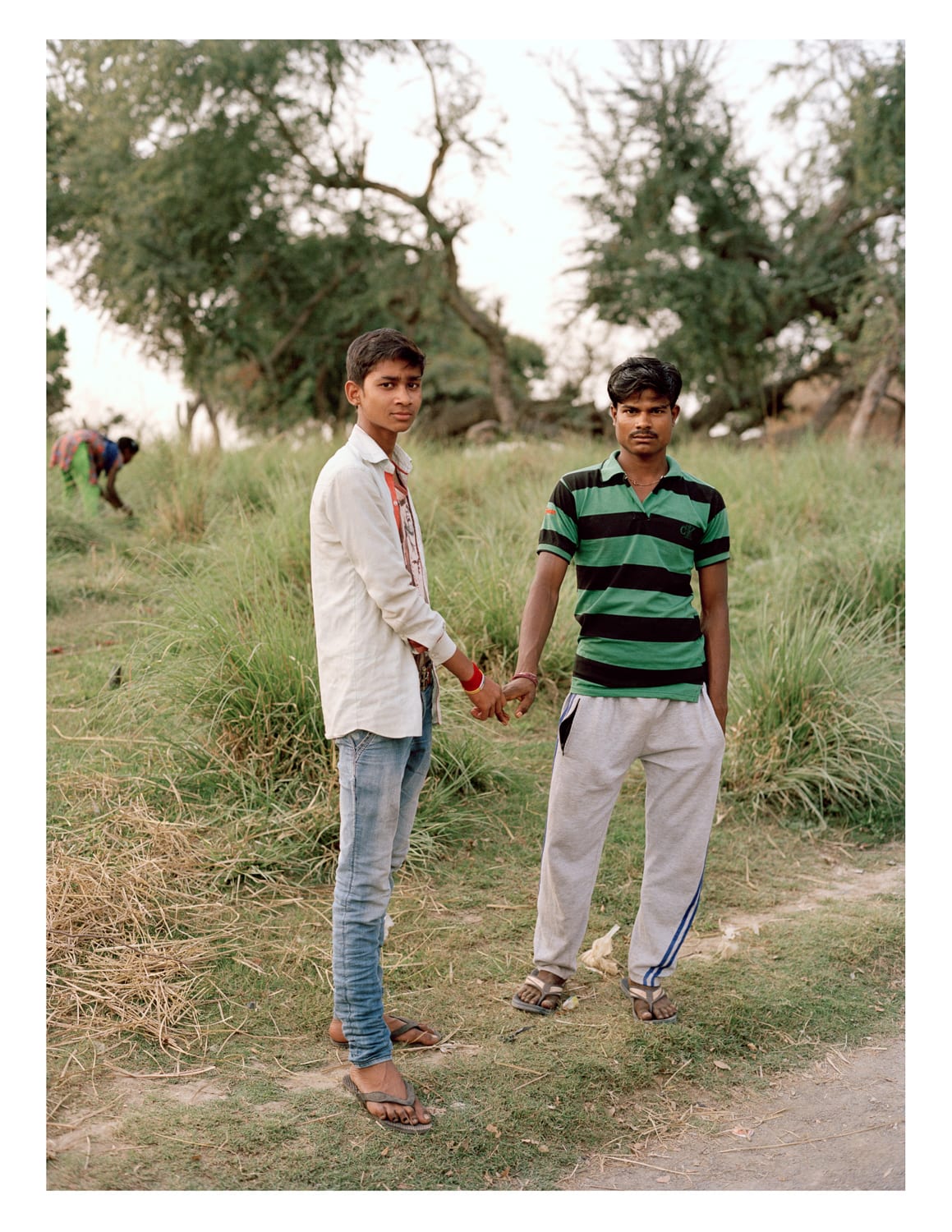
When New York-based photographer Marc Ohrem-Leclef first travelled to India eight years ago he was struck by the “small, shared moments of intimacy” that he saw men displaying towards one another in public – admiring the openness with which they made what he assumed were public displays of romantic love. “As a gay man, I was quite excited by what I thought was romantic freedom,” he says. “Men would be holding hands or leaning against each other in public. There was a connectivity that I thought was really beautiful.” He quickly learnt that things were not as he had first thought, that the men he saw were not necessarily romantically involved at all and were often just expressing friendship.
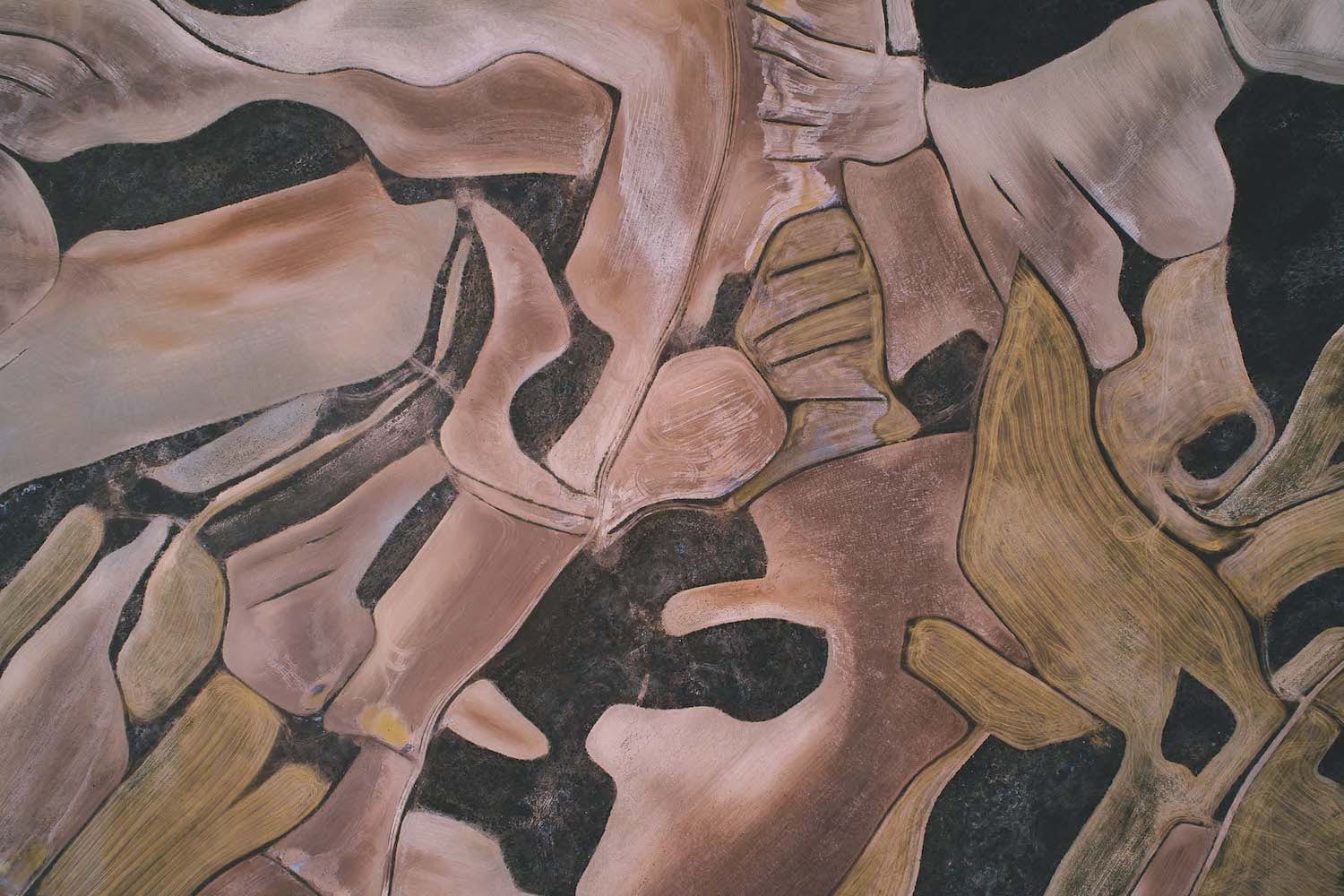
“The point is not to work out what it is, but to show how weird and wonderful the world can look from above”
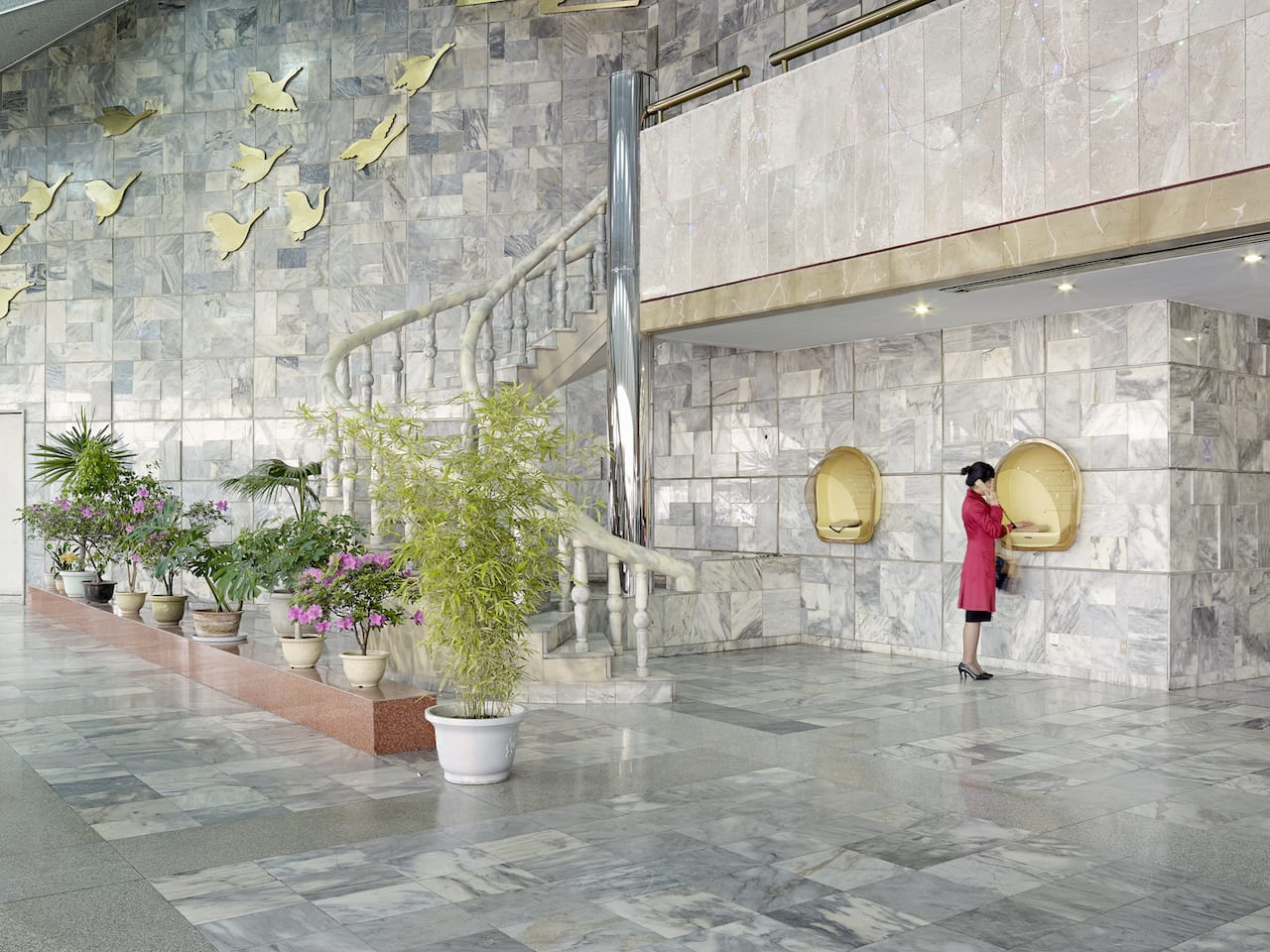
Documentary images of North Korea have trickled steadily into the media landscape since the late 1990s. Since those granted access to the region are afforded little freedom to be creative, their main depictions are usually of totalitarian dictatorship, state-sanctioned ideologies, normalised militarism, and colossal architecture, all of which have become over-familiar in images of the country. This documentary déjà vu is what prompted Eddo Hartmann to pursue a multimedia project about North Korea, to act as a record for what many of us cannot see. The photographer visited Pyongyang, the country’s capital, four times between 2014 and 2017, creating thousands of large and medium format digital images of the city’s architecture and citizens. “I kept seeing images in this World Press Photo kind of style,” he explains. “I knew that if I were to go there, it would not be the way that I would take pictures, because it wouldn’t be interesting.”
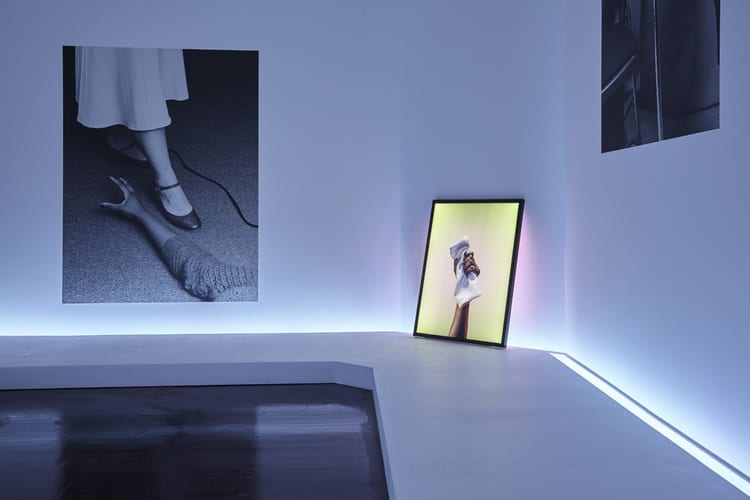
With less than two weeks left to enter the IPA 2018, BJP looks at what past winners of the Award did next
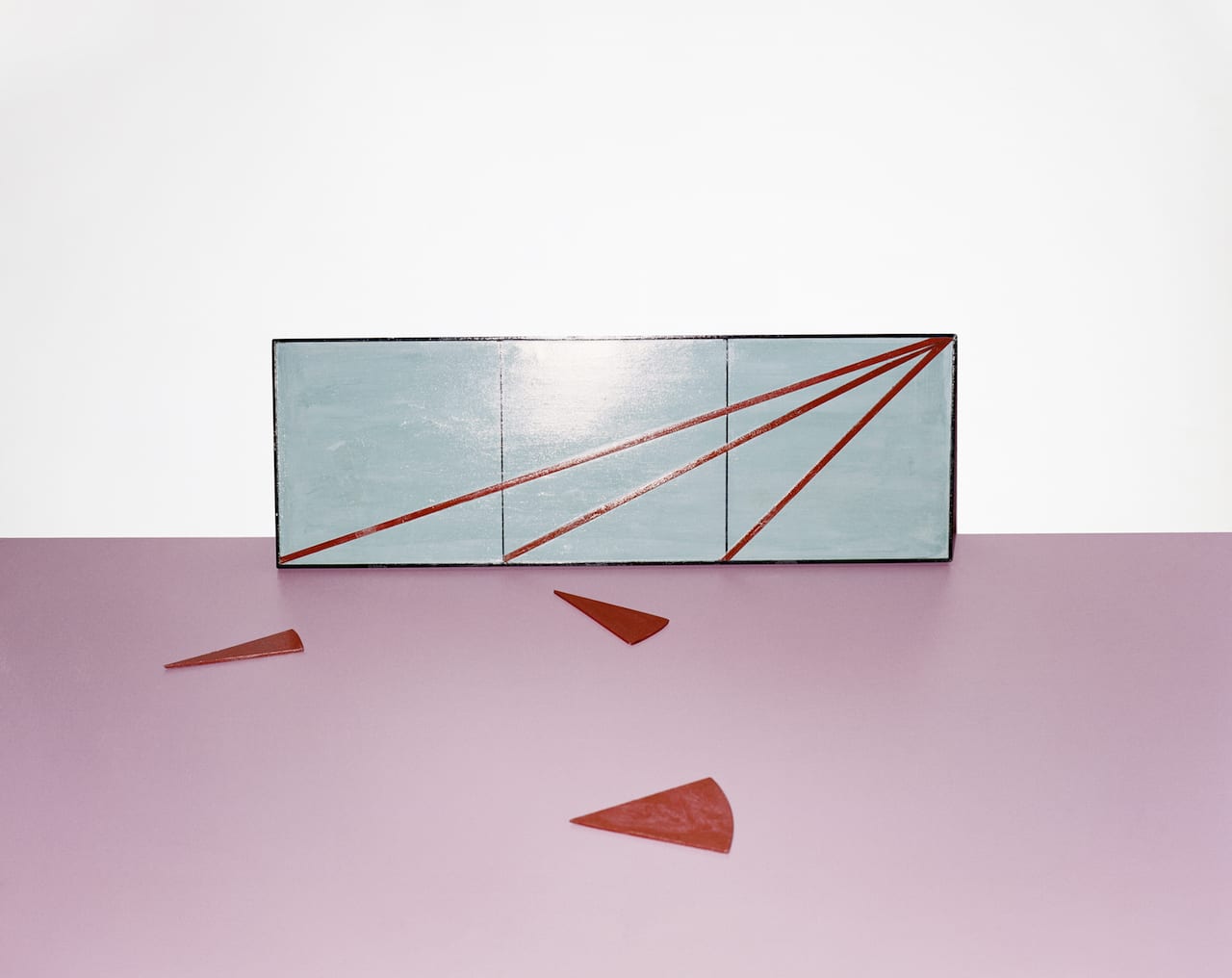
It’s the 21st year of the prize, and this year the shortlisted projects by Mathieu Asselin, Rafal Milach, Batia Suter, and Luke Willis Thompson all “reflect a shared concern with the production and manipulation of knowledge and systems of representation through visual formats”, say the organisers of the Deutsche Börse Photography Foundation Prize 2018. Mathieu Asselin (b. 1973, France) has been nominated for Monsanto: A Photographic Investigation, which was published this year by Actes Sud and exhibited at Les Rencontres d’Arles, and which has already won the First Book of the Year in the Paris Photo-Aperture Foundation Photobook Awards 2017.
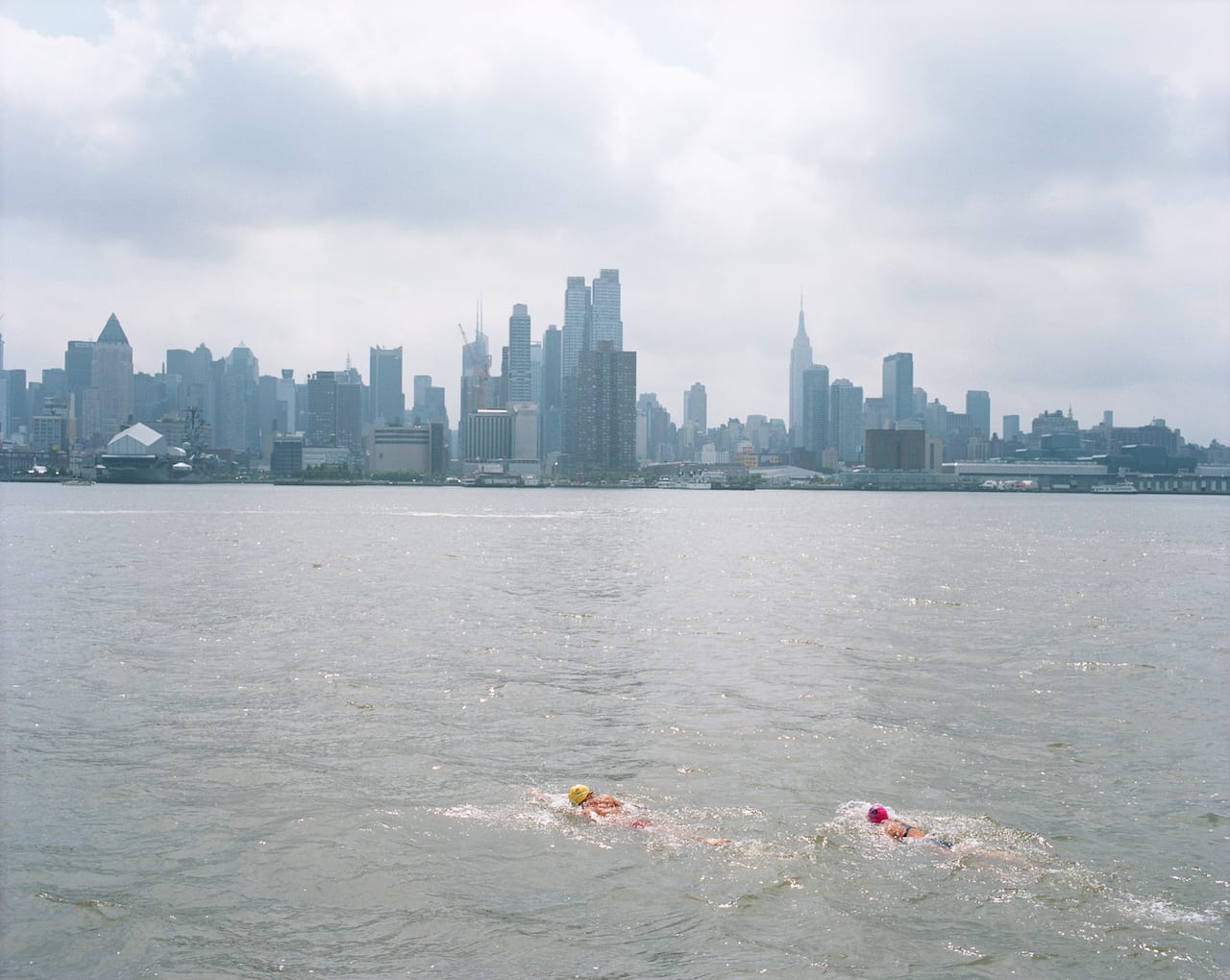
For Susannah Ray to get into the centre of New York city, she must first travel over a series of bridges and waterways. Whether driving across Jamaica Bay or taking the subway from her home in Rockaway Beach, Queens to Brooklyn or Manhattan, she repeatedly finds herself captivated by the sights she encounters – the sky changing colour above the water; the birdwatchers on the shores; men fishing near a scrap metal yard, up to their waists in waders. She sees groups of people performing religious rituals, gatherings and prayers on the banks of the river. She sees more simply being. Ray’s image of New York is utterly coloured by its relationship with the water. So when she decided to create a portrait on the city, she decided to use those urban waterways to weave it all together. “The water serves so many different purposes for so many different people,” she says. “It acted as a focal point. The communal draw symbolises that idea of coexistence.”
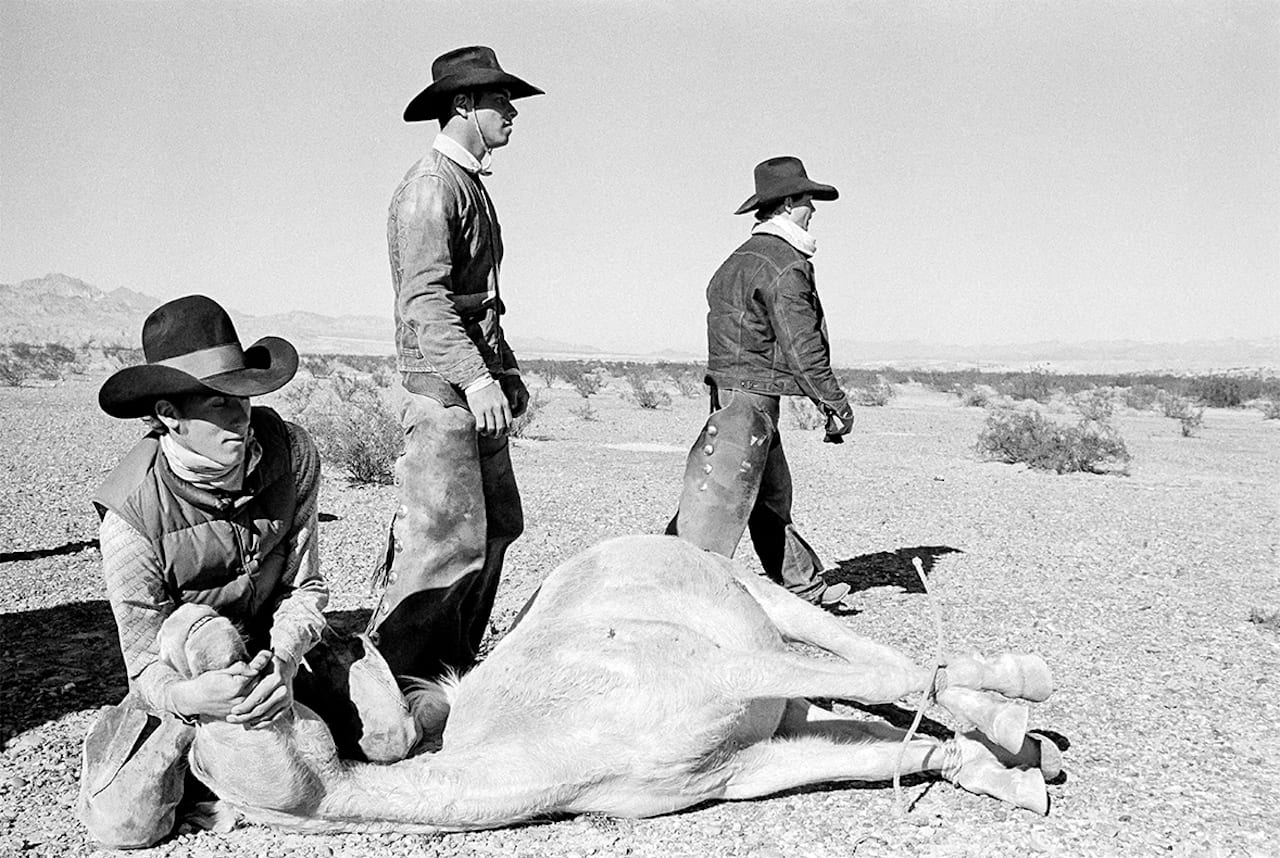
“When you go out into the landscape, frankly if you’re saying I think this a wonderful landscape and you take a picture, why didn’t you buy a postcard?” says David Hurn, in an interview with Christopher Frayling published in his new book, Arizona Trips.
“The people that do postcards have spent more time, they know the light and they get it right,” he adds. “It just doesn’t interest me that much.” His shots of Arizona, which he photographed for 20 years, do something very different, focusing instead on the locals and on their interventions on the natural world in the southwestern US state. From billboards in the desert to paper cups protecting cactus plants from frost, and from rodeo events to Dolly Parton lookalike contests, his is a distinctly anthropocentric, gently humorous, look at life in the southwestern US state.
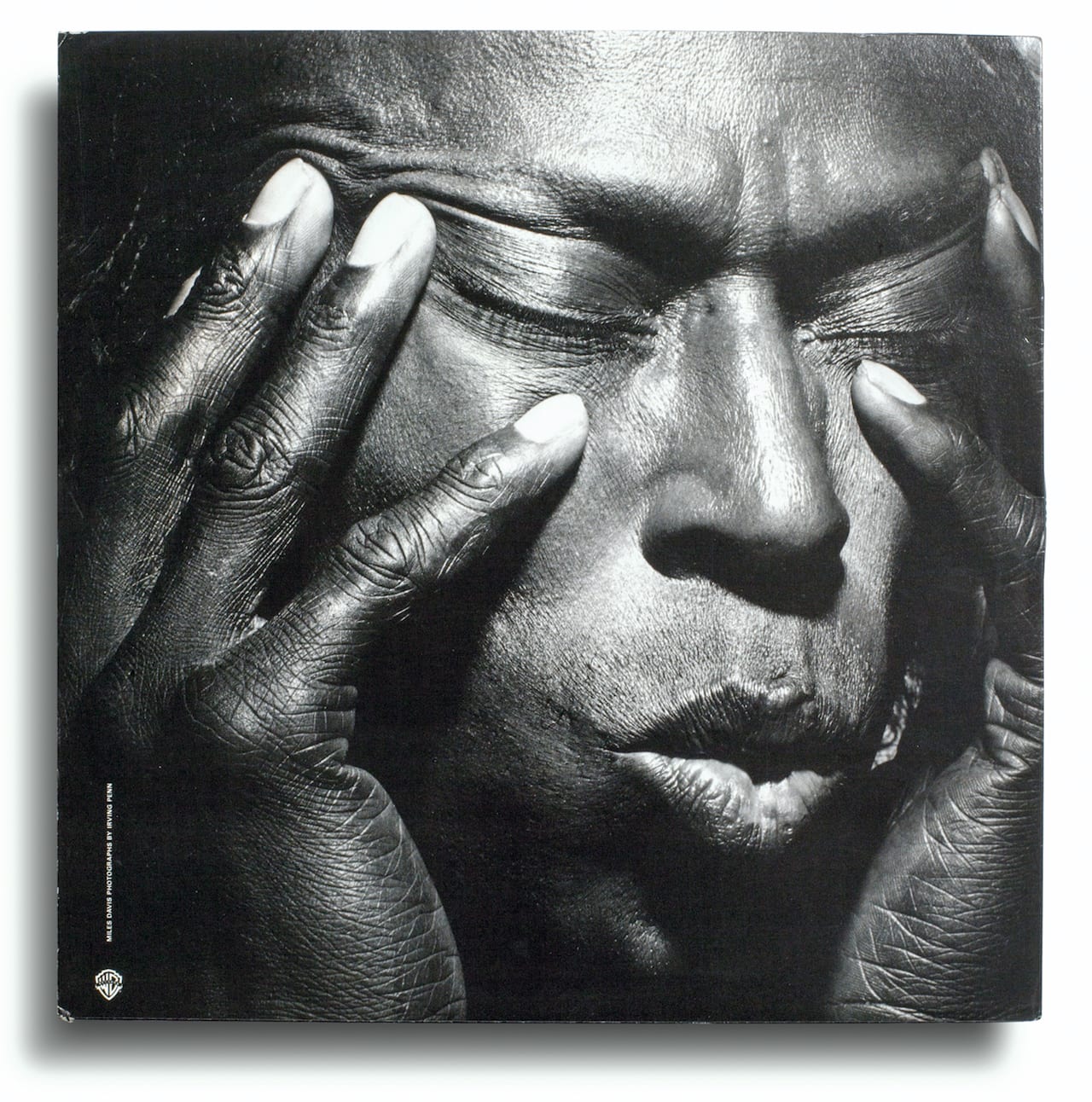
Frenchman Antoine de Beaupré has been collecting vinyl for almost 30 years and has amassed…
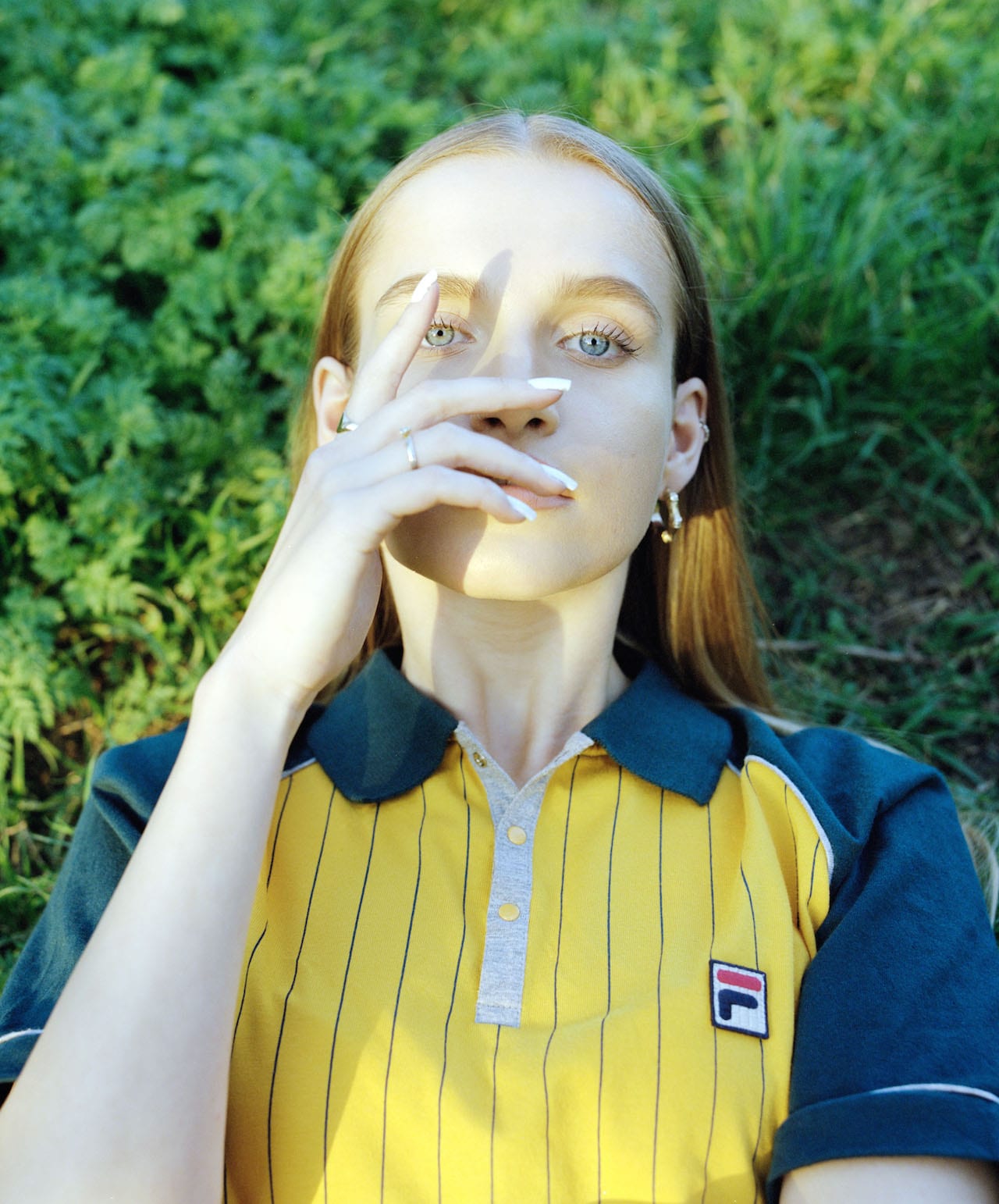
For Omar Khaleel, fashion is personal. Using his native Birmingham as a backdrop for his editorial commissions and portraits, he shapes his work according to the details and textures of British urban life. From the streetwear his models are styled in, to the musicians he photographs and the local streets he uses as locations, Khaleel’s photographs pay tribute to the many facets of inner-city identity and are steeped in the environment that shapes it. As a British-Yemeni, representing cultural diversity plays an important role in Khaleel’s approach to photography. “I am bicultural and live in a culturally rich but economically poor inner-city environment,” he says. “I have been blessed enough to have grown up with and be around people from all walks of life.”
